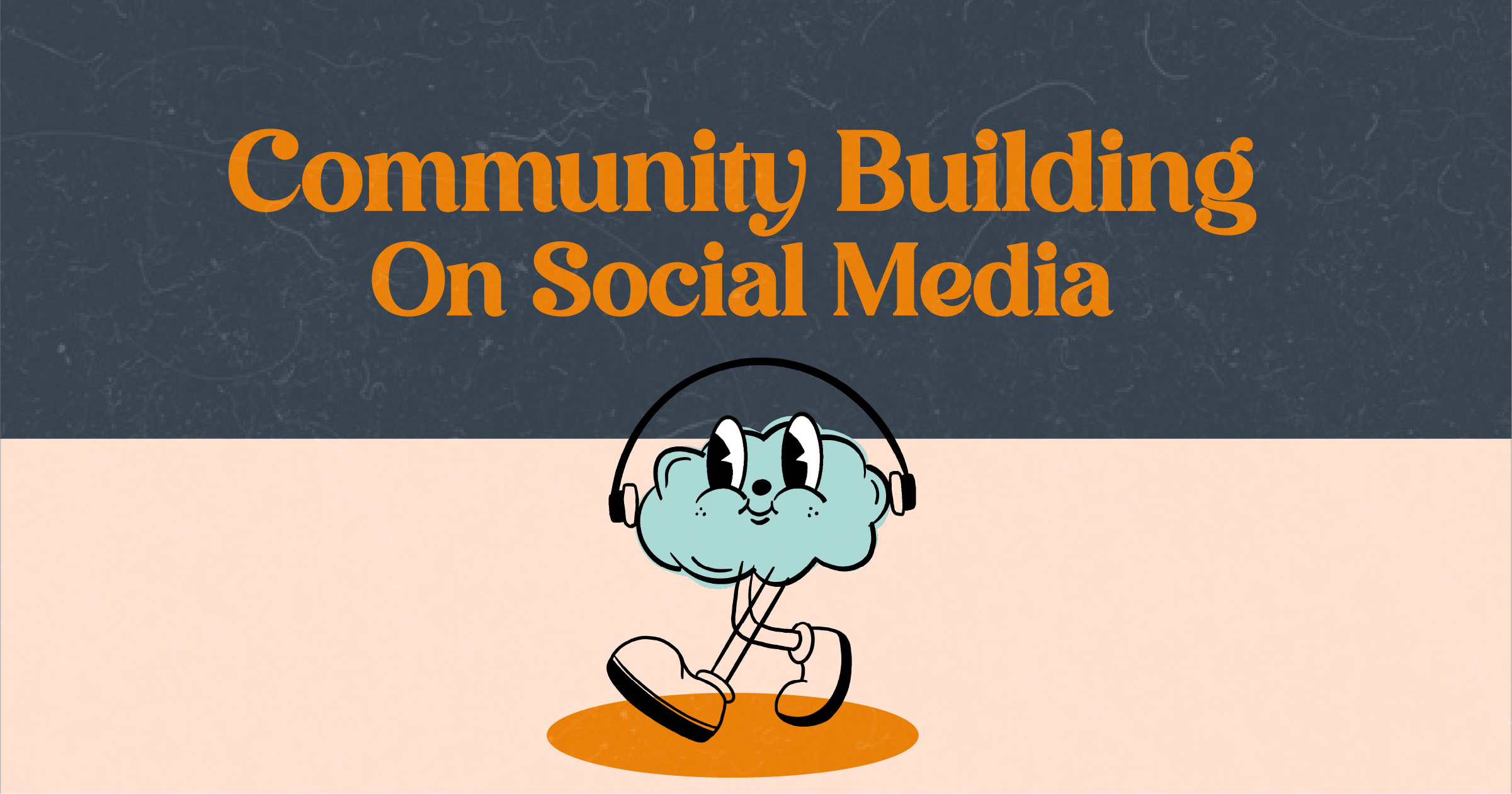How to Use Social Media to Build a Community Around Your Brand in 2026
Competition in the digital marketplace is fiercer than ever. With countless innovative products and services emerging every day, the challenge for businesses isn’t just about getting noticed—it’s about building lasting connections with their audiences. Social media is the center stage where these connections happen. Yet, building a presence on social media goes far beyond chasing […]
Oct 1, 2025






Competition in the digital marketplace is fiercer than ever. With countless innovative products and services emerging every day, the challenge for businesses isn’t just about getting noticed—it’s about building lasting connections with their audiences. Social media is the center stage where these connections happen.
Yet, building a presence on social media goes far beyond chasing likes, shares, or follower counts. The real differentiator lies in creating a community—a collective of individuals who share common values, interests, and emotional ties with your brand. Communities transform audiences from passive observers into active participants, driving brand loyalty and advocacy.
A thriving brand community fosters belonging. When customers feel like they are part of something greater, they no longer see themselves as just buyers—they become ambassadors who champion your story. In this article, we’ll explore the most effective community-building strategies for 2026, with examples from global campaigns, industry best practices, and Plexxie’s own work in Singapore.
Why Community Building Matters More in 2026
The social media landscape has evolved rapidly. In 2026, algorithms increasingly prioritize meaningful interactions over vanity metrics. Platforms like Instagram, TikTok, Facebook, and LinkedIn have shifted towards rewarding authentic engagement—conversations, shares, and community activity—rather than just impressions.
At the same time, consumer expectations have changed. Audiences today are skeptical of polished advertising and more interested in brands that feel human, relatable, and responsive. They expect transparency, inclusivity, and dialogue. Communities address this expectation by creating safe spaces where customers feel heard and valued.
In practice, this shift means brands can no longer rely on one-way communication. Instead, they must foster two-way conversations, empower user participation, and build a sense of belonging. Those that succeed will enjoy organic advocacy, resilience against market competition, and long-term loyalty.
1. Launching Targeted Campaigns That Resonate
The first step in building community is reaching the right audience with the right story. A targeted campaign focuses on a specific demographic or psychographic segment, curating messages that resonate deeply.
- Know Your Audience: Use analytics tools to understand who engages with your brand, their pain points, and what excites them.
- Create Tailored Content: Match your storytelling with your audience’s interests, whether it’s educational guides, nostalgic throwbacks, or bold challenges.
- Test and Evolve: Social platforms in 2026 provide AI-driven audience insights, making A/B testing easier than ever. Continuously refine messaging to stay aligned with community sentiment.
Case Study: Plexxie’s Vintage Series Campaign


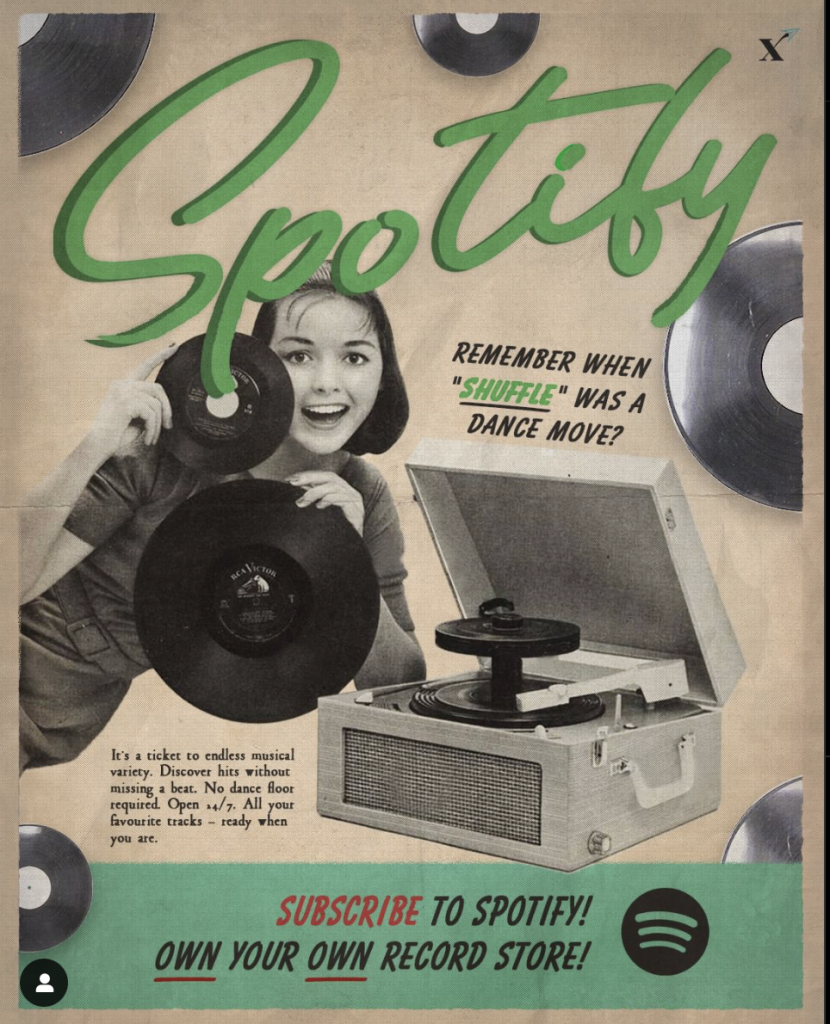

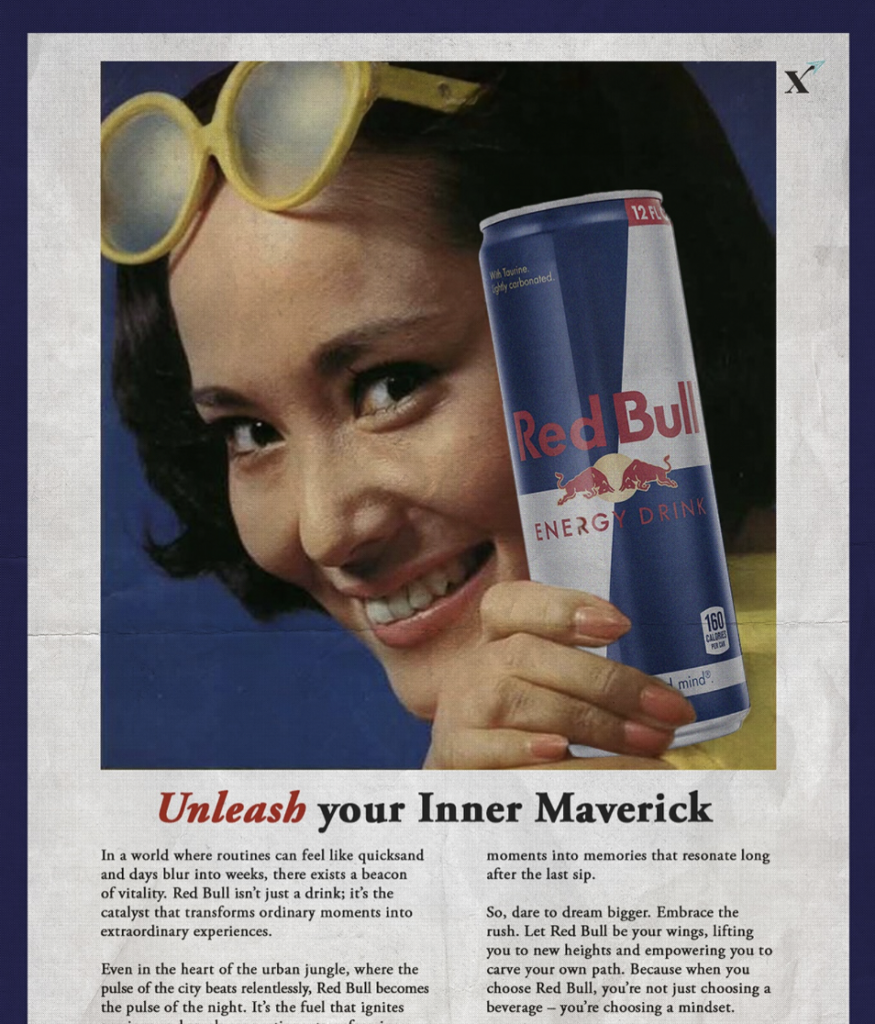

Plexxie, a Singapore-based social media agency, demonstrated the power of targeted campaigns with its Vintage Series. By highlighting a nostalgic yet modern aesthetic, Plexxie attracted audiences who appreciated innovation with a creative twist. The campaign stood out not only because of its visual appeal but because it spoke to deeper values: adaptability, creativity, and authenticity.
2. Hosting Events and Giveaways for Direct Engagement
In an age where digital interactions dominate, human connection remains vital. Events and giveaways allow brands to provide personal touches and foster stronger relationships.
- Events: Live streams, virtual conferences, or even in-person pop-ups help brands connect directly with followers. In 2026, hybrid events—integrating digital experiences with physical activities—are gaining traction, enabling broader participation.
- Giveaways: Offering prizes incentivizes engagement and encourages word-of-mouth sharing. When designed thoughtfully, giveaways attract not only new followers but also strengthen ties with existing fans.


Why it works: Events show that a brand values more than transactions—it values relationships. Giveaways demonstrate appreciation for audience loyalty.
3. Developing a Consistent and Responsive Brand Personality
Today’s audiences crave brands that feel human. A consistent, approachable voice and the willingness to respond to feedback build long-lasting trust.
This requires:
- Tone Consistency: Whether it’s playful, professional, or educational, your brand voice should be clear and recognizable.
- Active Listening: Monitor conversations, respond to comments, and acknowledge community input.
- Adaptability: Adjust strategies when the audience communicates their preferences.
Case Study: Alex Warren on TikTok




When singer Alex Warren learned that fans preferred his teaser track to the official release, he didn’t ignore them. Instead, he took their feedback seriously, releasing both versions. This decision not only made fans feel valued but also positioned Warren as a responsive artist who puts his community first.
4. Joining and Contributing to Online Communities
Communities don’t just exist on your brand’s own platforms. Many thrive independently on Facebook groups, Reddit communities, and Discord servers. Actively participating in these spaces demonstrates authenticity and builds credibility.
Instead of pushing sales, focus on:
- Sharing Knowledge: Answer questions, provide insights, and educate.
- Encouraging Conversations: Share relatable stories or humor.
- Building Trust: Position your brand as a helpful contributor rather than a salesperson.
Case Study: Starbucks on Reddit
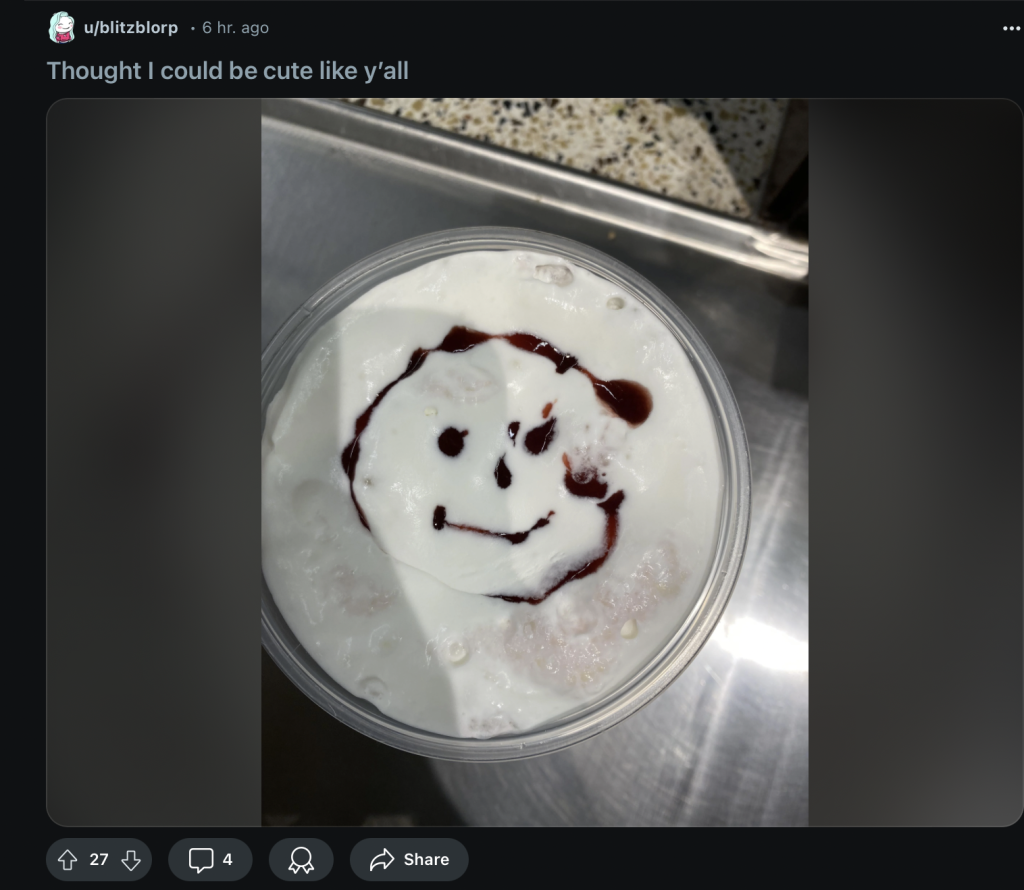

The Starbucks subreddit blends contributions from both employees and customers. Staff share funny anecdotes from their shifts, while customers share their own Starbucks-related stories. The result? A vibrant space where humor and shared experiences drive loyalty far more effectively than polished ads.
5. Amplifying User-Generated Content (UGC)
UGC remains one of the most powerful forms of community building. In 2026, with platforms prioritizing authenticity, highlighting customer voices has never been more impactful.
Benefits of UGC:
- Strengthens emotional bonds.
- Validates customer experiences.
- Provides cost-effective, authentic content for brands.
Case Study: Coca-Cola’s #ShareaCoke Campaign
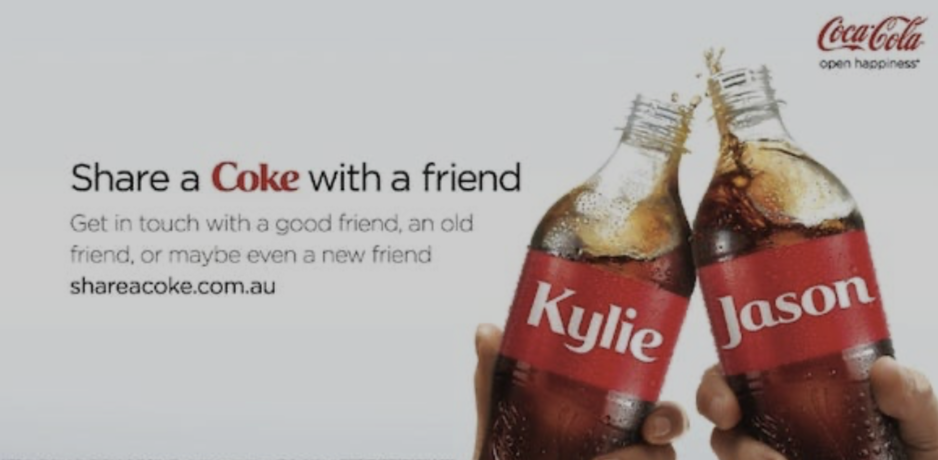

Although launched years ago, Coca-Cola’s campaign remains a benchmark in UGC. By inviting people to share photos of personalized Coke bottles, the company made individuals feel seen and celebrated. This campaign still inspires brands in 2026 to place customers at the center of their storytelling.
6. Maintaining Brand Loyalty Through Unique Identity
Finally, the glue that holds a community together is trust and loyalty. This requires a consistent brand identity—one that can’t easily be replicated by competitors.
Case Study: Plexxie’s Brand Personality
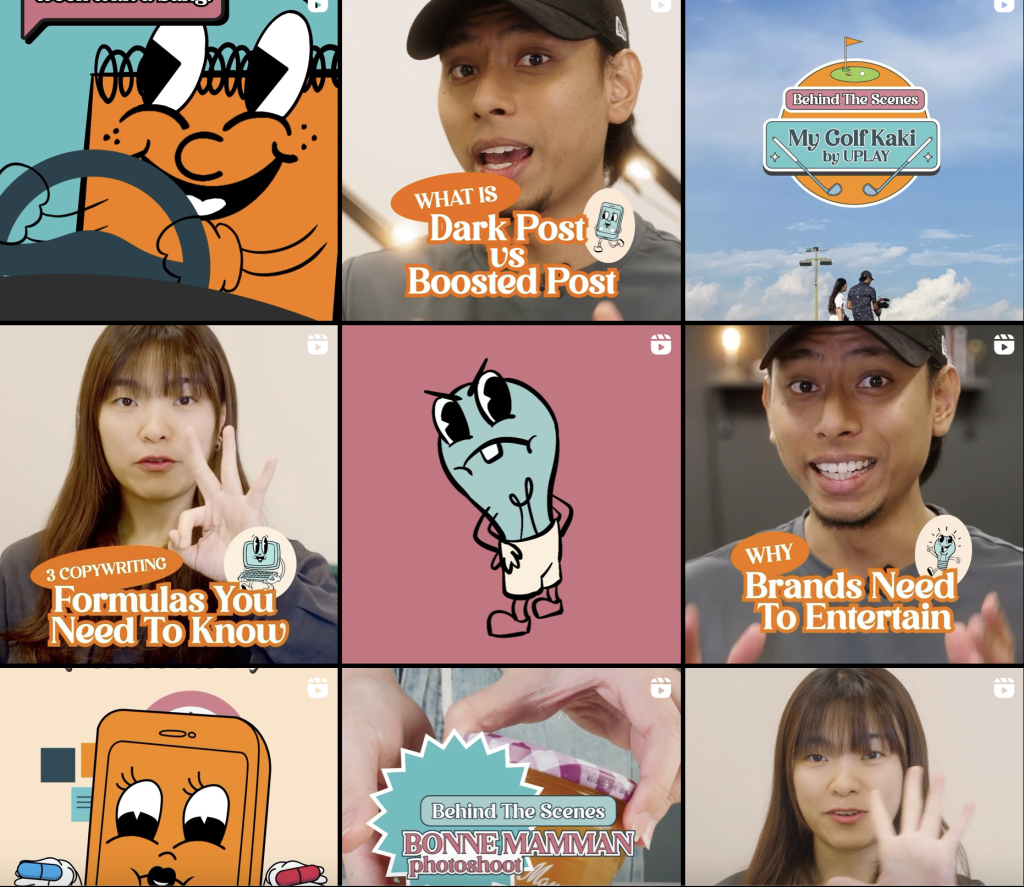

Through lighthearted, relatable content and creative visual storytelling, Plexxie has cultivated a brand identity that feels vibrant and accessible. Animated brand ambassadors, cohesive color palettes, and a strong portfolio showcase reinforce recognition and trust. This consistency makes followers not only engage but remain loyal advocates.
Final Thoughts
In 2026, building a community around your brand isn’t a “nice to have”—it’s a necessity. Social media has evolved into more than a marketing channel; it’s a gathering place where brands and audiences connect, converse, and co-create.
By:
- Launching targeted campaigns,
- Hosting events and giveaways,
- Maintaining a responsive brand personality,
- Joining existing communities,
- Leveraging UGC, and
- Maintaining brand trust through unique identity,
you can transform customers into advocates who amplify your message authentically.
A strong community is your brand’s most valuable asset. It provides resilience, organic growth, and a lasting emotional connection—essentials for thriving in today’s competitive digital landscape.



